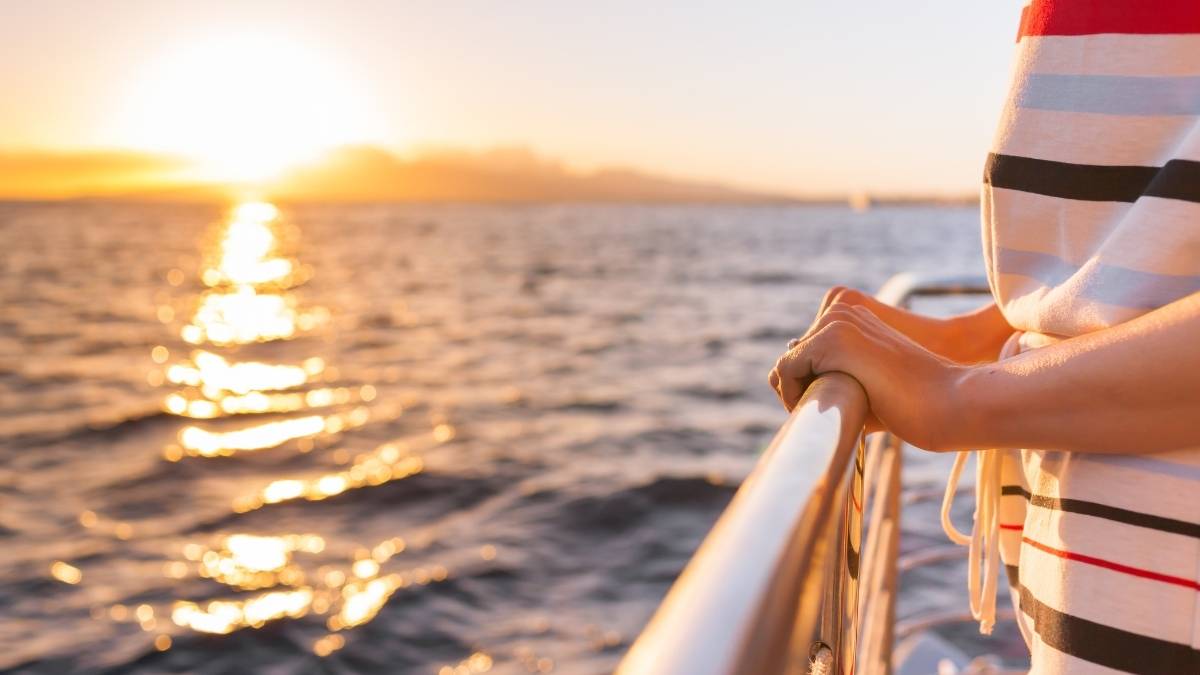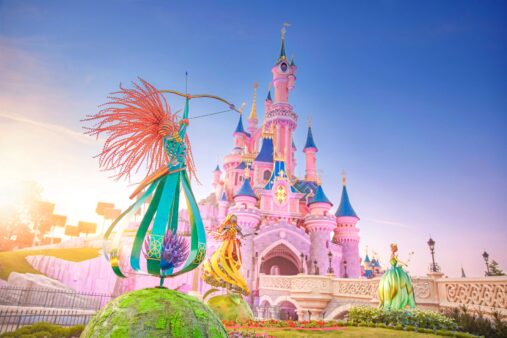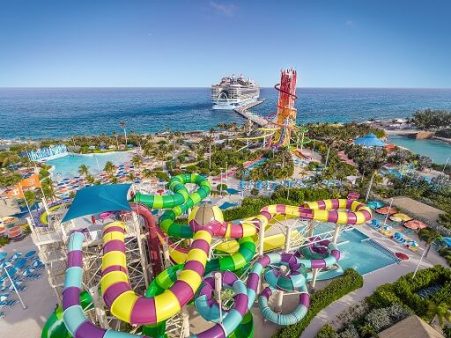This was the decade that was going to be the decade of cruise holidays. Across Ireland, Europe and the world, the cruise industry was booming with passenger numbers steadily increasing year-on-year. This year alone, 19 new ships worth almost $9 billion were meant to launch. Instead, hundreds of cruise ships are docked at ports around the world with skeleton staff maintaining them.
In February, before we were aware of COVID-19 reaching Ireland, we heard daily reports from a Princess Cruises ship docked in Yokohama in Japan. While the number of COVID-19 cases from it seemed high at the time, it happened before we were fully aware of how to deal with this new virus.
Now that we’re all more familiar with COVID-19 and its devastating impact, every facet of the travel industry is focused on creating holiday experiences that are as safe as they are enjoyable. Cruise, in particular, given its initial bad publicity surrounding COVID-19 outbreaks, is doing everything it can to reassure holidaymakers.
What is the Cruise Industry Doing
The worldwide cruise industry is worth roughly $150 billion, employing over 1.2 million people. It is a lucrative business with over 30million people taking a cruise holiday in 2019.
The cruise companies, such as MSC and Royal Caribbean, and international cruise bodies like CLIA, are investing heavily in upgrading the safety level onboard their ships and creating industry-wide protocols to ensure peace of mind for cruisers.
The Cruise Line International Association, CLIA, has recommended the following mandatory health protocols to the Center for Disease Control and Prevention (CDC):
- Testing: 100% testing of passengers and crew for COVID-19 prior to embarkation
- Mask-Wearing: Mandatory wearing of masks by all passengers and crew onboard and during excursions whenever physical distancing cannot be maintained
- Distancing: Physical distancing in terminals, onboard ships, on private islands and during shore excursions
- Ventilation: Air management and ventilation strategies to increase fresh air onboard. Where feasible, using enhanced filters and other technologies to mitigate risk
- Medical Capability: Risk-based response plans tailored for each ship to manage medical needs. Dedicated cabin capacity allocated for isolation and other operational measures. Advance arrangements with private providers for shoreside quarantine, medical facilities, and transportation.
- Shore Excursions: Only permit shore excursions according to the cruise operators’ prescribed protocols. This must have strict adherence by all passengers and denial of reboarding for any passengers that do not comply.
Existing Health Protocols on Cruise Ships
Cruise lines are familiar in dealing with virus outbreaks such as Norovirus and, pre-COVID, already had very strict hygiene protocols in place to manage these outbreaks. Due to the number of annual cases of this virus, cruise ships have excellent health and safety measures in addition to medical facilities aboard the ships.
If you haven’t stepped foot on a cruise ship before, the level of existing health protocols may surprise you. For example, before we all started obsessively washing and sanitising our hands, cruise ships long had hand sanitising and washing stations at the entrance to its buffets. Before COVID-19, people largely didn’t practice the same level of personal hygiene so didn’t avail of these as much as they should have.
How MSC Cruises Tested the Waters
In August, MSC Grandiosa was the first ship to test the Mediterranean waters after months of being docked. Sailing with roughly 60-70% of its normal capacity, it visited 3 Italian ports and Malta’s capital of Valletta during its seven-day cruise.
All passengers and crew were tested for COVID-19 before boarding the ship. First passenger’s temperatures were checked, following that their health questionnaire is reviewed and they completed an antigen swab test. Everyone had a dedicated embarkation time so the numbers of people numbers checking in at once is minimised. At check-in, passengers received a wristband for the duration of the cruise that allows for contact and proximity tracing.
Aboard the ship, temperature checks are carried out daily and masks are mandatory in all public areas. There are enhanced and more regular cleaning throughout the ship. All aspects of ship life from going to the theatre and bars, to relaxing by the pool or grabbing some food now have social distancing implemented.
Off the ship, excursions are tightly controlled to avoid passengers or the guides coming into contact with anything or anyone that may be a risk. After this test sailing, there have been no reports of anyone on board, either crew or passengers, contracting COVID-19.
You can see the full experience aboard this sailing here:
Returning to activities we loved pre-COVID, like flying, cruising and being in any form of a crowd be it a museum or a concert, will take adjusting to. You can be assured the travel and cruise industry are taking every precaution to ensure you can safely have the holidays and experiences you love.




